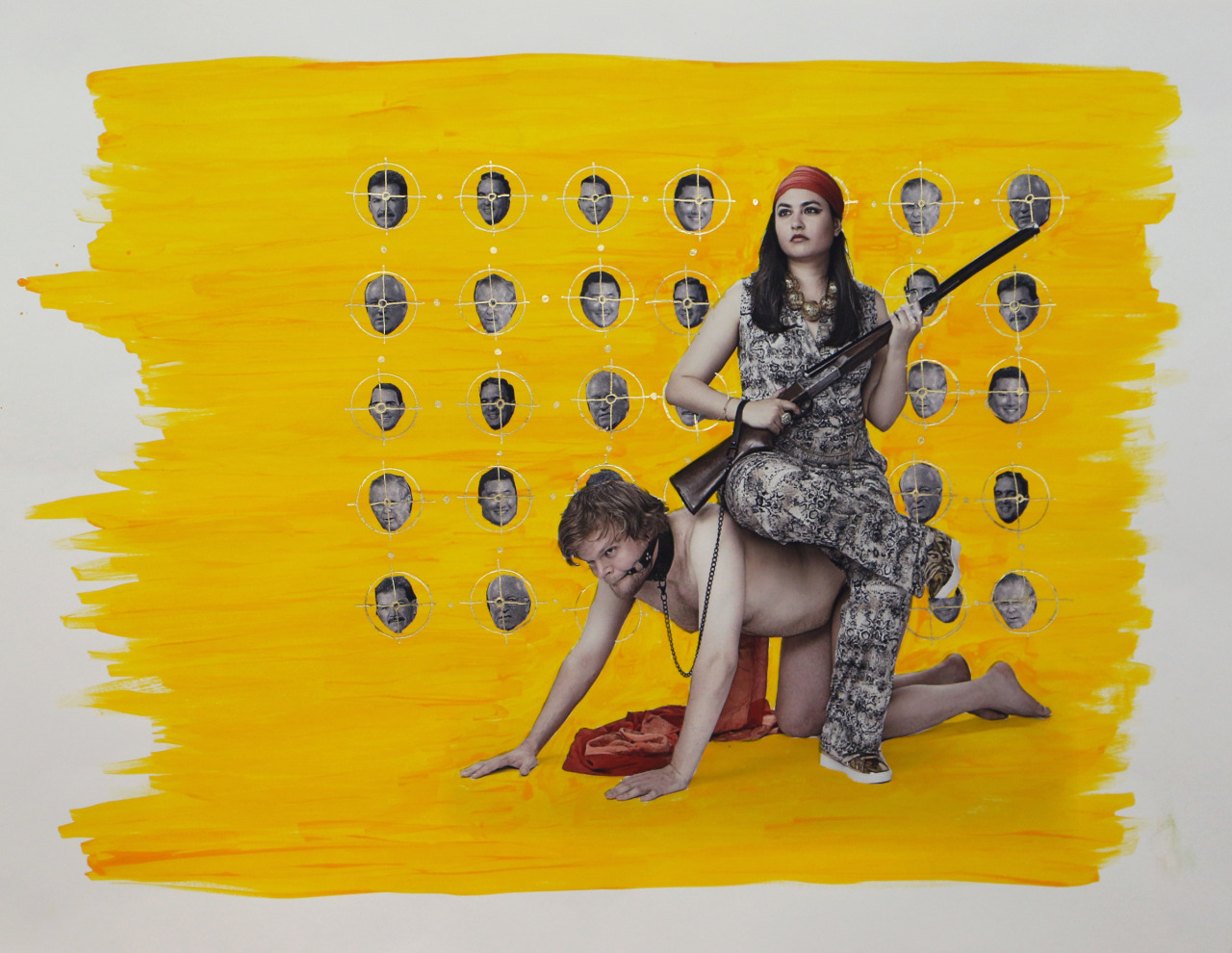Charles Thorpe’s Necroculture attempts to demonstrate that the variegated experiences of alienation under the technocratic culture of neoliberal capital are experiences tantamount to a culture of death. Thorpe suggests that the root of the necrophilia that defines contemporary capitalist culture is in the valuing of non-living objects over living human beings. In the alienation and replacement of imperfect human labor with automated dead labor and in a highly atomized consumer culture where social participation is mediated by commodity fetishism, the non-living are given priority over the living.
Keyword: capitalism
Review of Alien Capital: Asian Racialization and the Logic of Settler Colonial Capitalism by Iyko Day (Duke University Press)
Iyko Day makes a compelling intervention in discussions of race, capital, and settler colonialism. Her book presents a theorization of the abstract economism of Asian racialization by examining how social differentiation functions as a destructive form of abstraction anchored by settler colonial ideologies of romantic anticapitalism. By engaging with capitalism’s abstraction of differentiated gendered and racialized labor in order to create value, Day’s project diverges from scholarship arguing that capitalism profits from labor via the production, rather than the abstraction, of racialized difference (Lowe 1996; Roediger 2008). Her book engages a rich multimedia archive and uses principal historical instances of Asian North American cultural production as theoretical texts to examine key racial policies since the 19th century: Chinese railroad labor in the 1880s, anti-Asian immigration restrictions; internment of Japanese civilians during World War II, and the neoliberalization of immigration policy in the late 1960s.
Neoliberalism, Racial Capitalism, and Liberal Democracy: Challenging an Emergent Critical Analytic
Response to Jodi Melamed, “Proceduralism, Predisposing, Poesis: Forms of Institutionality, In the Making,” published in Lateral 5.1. Aho pointedly argues that studies of institutionality all too often substantiate what she calls neoliberalocentrism, which readily posits neoliberalism as the singular paradigm into narrating a teleological development of history. Instead, she echoes Kim and Schalk to articulate ‘crip-of-color materialism’ as an analytic that thickens understandings about global structures of inequity and fissures within them.
Neoliberal Aesthetics: 250 cm Line Tattooed on 6 Paid People
Eunsong Kim challenges existing literature on Spanish artist Santiago Sierra, articulating Sierra’s neoliberal aesthetics as part of a process of managing the imagination of finance capitalism. By situating Sierra’s performance art as a performance of terror, Kim argues that Sierra does not just collaterally reproduce capitalist power relations, but coldly and calculatedly exploits and violates the bodies of the working poor, particularly people of color, for his own profit and for the viewing pleasure of his wealthy audiences. Kim fiercely critiques the ways Sierra profits from his use of Marxist discourse and appeals to political action. In doing so, Kim challenges scholars and artists to embrace the position of laborers and take up Black Radicalism against artistic instantiations of capitalism.
BOT I
“BOT I” is a radical monologic mash-up of autobiographical material from Pilar’s childhood in a computing family and her passions for and against technology, cut in and through the texts of Samuel Beckett’s “Not I” and Isaac Asimov’s I Robot. This article includes the script of the performance Pilar presented at the Radical Philosophy Association Conference in Eugene, Oregon on November 13, 2010 and images from a 2011 performance. Ruthless in its refusal of all gentility and tact, and insistent in its feminist critique, Pilar’s script reveals the blind spots that capitalist techno-culture reserves for ethics and the body.
Postcool
Francesco Salvini asks what it means to translate the categories of postcolonial thought in the practices of organisation of a subaltern neighbourhood trapped in the hurricane of valorisation and abstraction of urban space. Salvini presents an analysis of what he calls an ‘audio-visual inquiry’ conducted by a collective of political activists organising in the Raval in Barcelona. The laboratory of Postcool sought to find ways to learn about the subaltern histories of the Raval that are made invisible. Salvini discusses the ways in which the collective investigated how these subaltern histories of the Raval inscribe themselves in the urban design of the city in their relevance for organising against gentrification in the context of postcolonial capitalism.
Response to “Postcool”
Sandro Mezzadra responds to “Postcool” by Francesco Salvini, reflecting on the “method” of militant research the use of Chakrabarty’s concepts in Salvini’s understanding of “postcolonial capitalism.”


